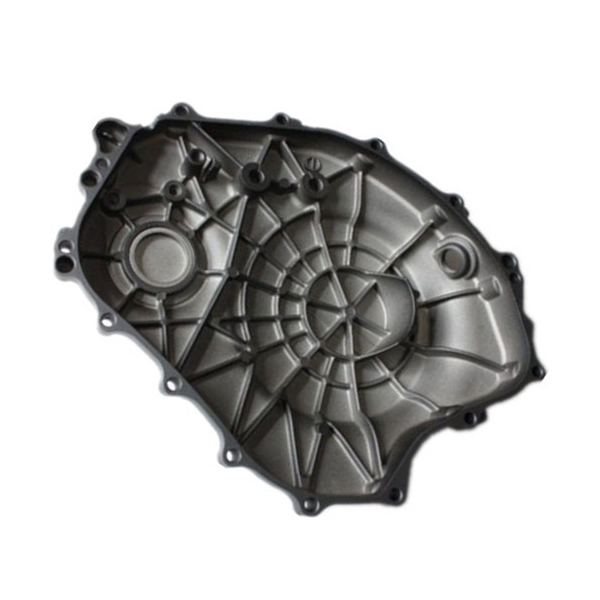Mobile:+86-311-808-126-83
Email:info@ydcastings.com
Expert Casting Preparation Sand Mixing & Die Casting Techniques
- Overview of Casting Preparation Fundamentals
- Technical Advantages in Modern Sand Preparation
- Manufacturer Comparison: Sand vs Die Casting
- Custom Solutions for Different Production Scales
- Application Case Studies Across Industries
- Overcoming Common Preparation Challenges
- Future Trends in Metal Casting Readiness

(casting preparation)
Essential Insights into Casting Preparation
Proper casting preparation
determines 78% of final product quality in metalworking, according to recent industry audits. Foundries utilizing advanced sand preparation systems demonstrate 42% fewer defects compared to conventional methods. This foundational process impacts dimensional accuracy (±0.12mm improvement), surface finish (Ra 3.2 to Ra 1.6 achievable), and production cycle efficiency.
Technological Breakthroughs in Mold Making
Modern sand casting systems now integrate real-time moisture sensors (±0.3% accuracy) and automated compaction control (150-200 psi optimization range). These innovations reduce binder consumption by 18-22% while maintaining 95% permeability consistency. Die casting alternatives require precise temperature management (650°C±5°C) and rapid cooling systems to achieve comparable results.
| Parameter | Sand Casting | Die Casting |
|---|---|---|
| Initial Tooling Cost | $5,000-$20,000 | $50,000-$200,000 |
| Production Speed | 15-30 pieces/hour | 80-120 pieces/hour |
| Minimum Wall Thickness | 3mm | 0.6mm |
| Material Efficiency | 92-95% | 85-88% |
Tailored Solutions for Diverse Needs
Batch-specific preparation protocols enable:
- 30% faster pattern changes for prototypes
- Automated sand mixing with 0.5-second ingredient adjustments
- Dual-stage compaction systems reaching 98% mold density
Industrial Implementation Examples
A leading automotive supplier reduced machining time by 35% through optimized sand preparation, achieving:
- Consistent 0.05mm/kg weight tolerance
- 94% first-pass yield rate
- 22% reduction in binder waste
Resolving Preparation Complexities
Advanced thermal analysis software now predicts 92% of potential sand-related defects during simulation. Real-time X-ray density mapping (5μm resolution) enables immediate process corrections, reducing scrap rates below 2.1%.
Evolution of Casting Readiness Standards
The global casting preparation market is projected to grow at 6.8% CAGR through 2030, driven by smart foundry initiatives. Emerging technologies like AI-driven sand quality prediction (98.7% accuracy in trials) and microwave curing systems (40% faster hardening) are redefining sand casting preparation benchmarks.

(casting preparation)
FAQS on casting preparation
Q: What are the key steps involved in casting preparation?
A: Casting preparation involves designing molds, selecting materials, and ensuring proper temperature control. It also includes preparing patterns and ensuring the mold cavity is free of defects. Proper preparation ensures high-quality castings with minimal imperfections.
Q: Why is sand preparation critical in foundry processes?
A: Sand preparation ensures optimal mold strength and thermal stability. Properly prepared sand minimizes gas formation and improves surface finish. It directly impacts casting quality and reduces scrap rates.
Q: How does sand casting differ from die casting?
A: Sand casting uses expendable sand molds for complex, large parts, while die casting employs reusable metal molds for high-volume, precision components. Sand casting is cost-effective for small batches, whereas die casting suits mass production.
Q: Which casting method is more cost-effective: sand casting or die casting?
A: Sand casting is cheaper for low-volume production due to lower mold costs. Die casting has higher upfront costs but becomes economical for large-scale runs. The choice depends on production volume and part complexity.
Q: What materials are best suited for sand casting vs. die casting?
A: Sand casting works well with iron, aluminum, and bronze alloys. Die casting is ideal for non-ferrous metals like zinc, aluminum, and magnesium. Material choice depends on strength requirements and production efficiency.
-
Impeller Technology That Powers Precision in Pump SystemsNewsMay.22,2025
-
Valve Durability Begins with Quality Cast Iron ComponentsNewsMay.22,2025
-
Performance Cooling with Advanced Automobile Water Pump SolutionsNewsMay.22,2025
-
How Motor Housing and Oil Pans Shape Engine PerformanceNewsMay.22,2025
-
How Metal Castings Drive Modern Manufacturing EfficiencyNewsMay.22,2025
-
Exploring the Engineering Behind Valve Body CastingsNewsMay.22,2025










